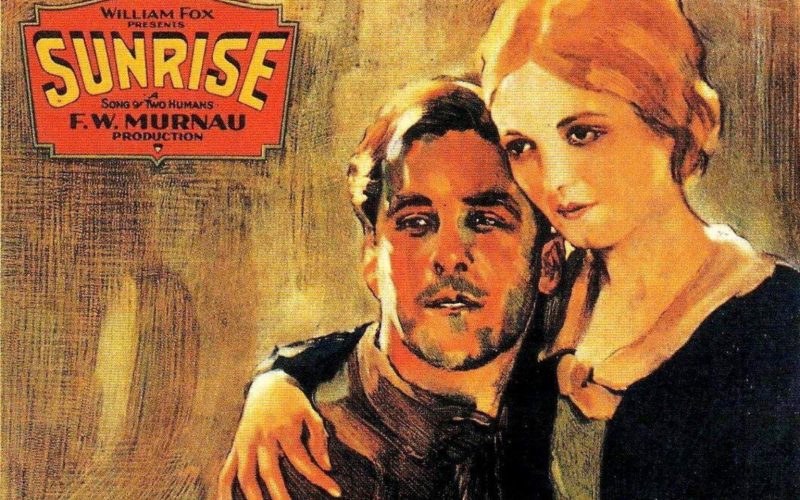Sunrise: A Song of Two Humans (1927).
F. W. Murnau’s 1927 classic Sunrise: A Song of Two Humans is a film about sex and love, about lust and family, about money and poverty. It is a paean of marriage, a film in which a man is torn between the seductive dreams that belong to the young and the comforting yet sometimes unappreciated familiarity of home.
The film begins with a man for whom familiarity has bred contempt – or at least malcontent. He is a farmer with few pennies to rub together but with land and cattle. He is seduced by a vamp from the city. She is everything that he may once have dreamed of – she dances with energetic sexuality, her clothes are the finest satin, her hair bobbed in the latest fashion, she smokes cigarettes and conjures up images of nightclubs and the bright lights of the big city.
His wife has nothing on this woman. She works hard, dresses poorly, lives for her home, her child and her husband. She belongs to the very village that he dreams of leaving. The man and the vamp (we are never told their names) hatch a plan to kill the wife, to sell the farm and escape into the city. Of course, we know that she will love him only for as long as the money lasts. After that he will be left with nothing. We know and so do the older members of the village. It doesn’t take a sophisticate to see through her, just someone who hasn’t been blinded by the frenzy of her shaking hips.
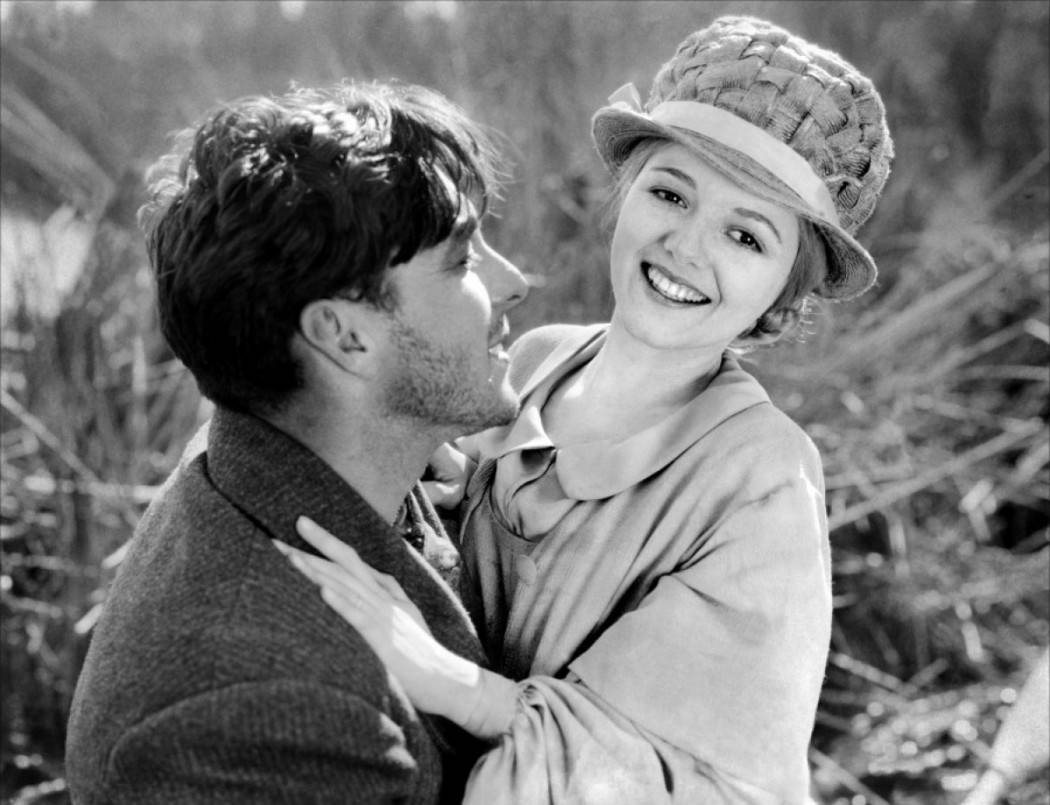
The story is extremely simple and has few surprises. The man and his wife set off on a boat to the mainland; he does intend to kill her but at the last moment he realises that he can’t do it. Once on the other side, having understood his intentions, she flees and he pursues her. It’s difficult to explain what happens next, not because it’s complicated but because it’s the exact opposite. It’s so straight forward, so sentimental, that to put it in words diminishes it. Sunrise is a visual experience, a perfect example of how silent cinema was able to break through the limits of its technology and become pure cinema.
The film was made after producer William Fox (whose company later merged with 20th Century to create the juggernaut that is 20th Century Fox) brought German filmmaker F. W. Murnau to the US and gave him free rein to make whatever he wanted. He did this based on Murnau’s excellent filmography which included Nosferatu: A Symphony of Horror, Faust and The Last Laugh, three visually beautiful and engaging films which have all stood the test of time. The final result, reportedly costing a whopping $1 million was released in 1927, the year that Warner Brothers gave the world The Jazz Singer and the landscape of film was forever changed.
Alfred Hitchcock, a man who understood the true nature and language of the cinematic arts, said that silent pictures were the purest form of cinema. In his conversations with François Truffaut he said that this purity had been replaced with what he called ‘Photographs of people talking.’ This is a part of film history which is often overlooked. By 1927 the language of silent film had developed to such an extent that cinema had reached a pinnacle. The cameras were free to move wherever they were needed, wherever the whim of the director took them. The director was able to employ a visual style of story-telling which was limited only by their imagination and that of the audience. Think of that wonderful scene in Hitchcock’s own silent masterpiece, The Lodger; the characters on one floor can hear the mysterious Lodger pacing back and fore on the floor above them. Suddenly the floor disappears and we can see his pacing, through an invisible ceiling. Yes, it’s trickery, but it’s also movie making at its highest quality.
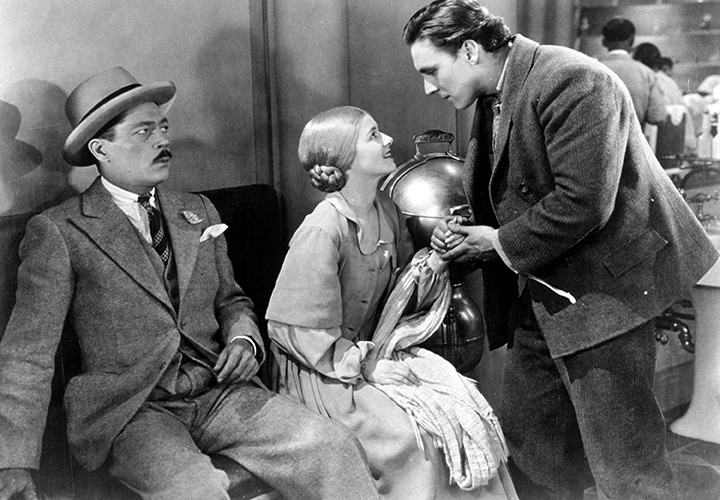
This all changed with the introduction of sound. The movie camera was a very loud machine and, whilst this didn’t matter in the silent days, with the introduction of sound it became a significant obstacle. Suddenly cameras had to be hidden away in massive soundproof boxes and the actors were confined to small areas around hidden microphones.
Since then many critics and filmmakers – from Hitchcock to Welles and beyond – have lamented the end of this significant era and, if you‘re curious as to why, then you need look no further than Sunrise.
Murnau built huge sets, lit from every possible angle so the camera could move with a freedom that, because of the introduction of sound, wouldn’t be seen again for many years. At the first Academy Awards it won the prize for Best Artistic Film and it‘s easy to see why. You won’t see it on any lists of Best Picture winners, however, as the Artistic Film award was never to be given again (the winner of Best Entertainment Film – Wings – is officially listed as the first Oscar winner for Best Film).
The photography (Charles Rosher and Karl Struss are credited as the cinematographers) is truly a thing of beauty. It looks like an early Noir but has a lightness to it that Noir would have cowered from. It is a romance with moments that would suit Wuthering Heights yet it is in no way gothic. It’s just a simple, honest film.
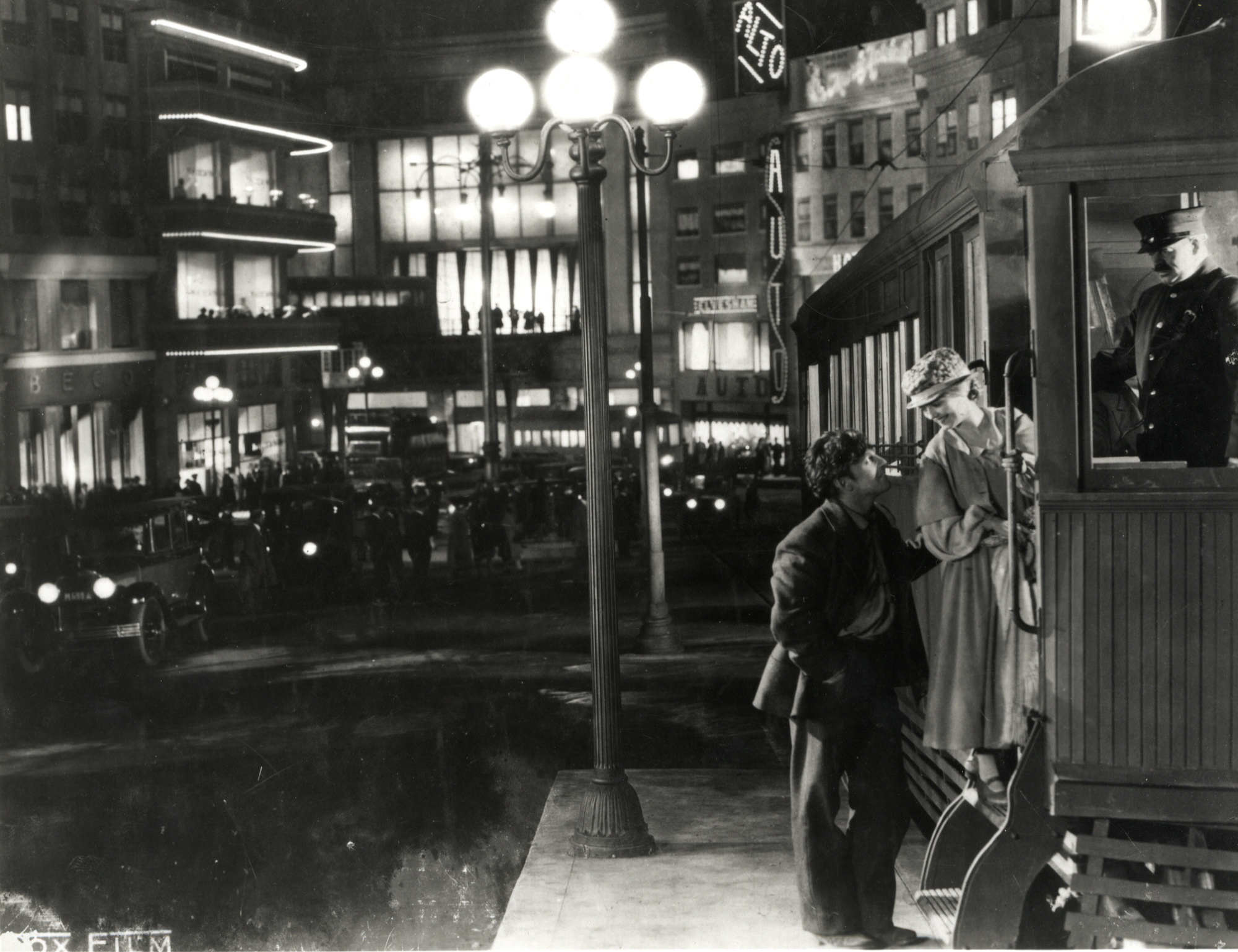
One of the best scenes involves a little bit of trickery. The man is wracked with guilt and desire. He knows that leaving his wife each night and meeting the vamp is wrong but he just can’t help himself. He has to be with her. As he sits worrying about his predicament, an image of the vamp appears behind him, reaching around him, her ghost-like fingers caressing his chest. It’s the perfect representation of his inner turmoil.
Murnau wasn’t a great lover of titles (The Last Laugh famously only has on intertitle in the whole film) but here he uses them ingeniously. A great example is when the man and the vamp are conspiring together. She says, referring to the wife, ‘Couldn’t she get drowned’ the title of which seems to melt on the screen as if it too was being washed away with water.
Yet, despite the vastness of the sets and the beauty of the frames, the film is about just two people. Yes, we are introduced to the vamp early on but she is merely a plot point. Sunrise is about a relationship being reborn. From the moment the lovers step out of the church, where the man is confronted with the betrayal he had agreed to and the promise he had made when he said his vows for the first time is laid before him, the film is not concerned with anything else.
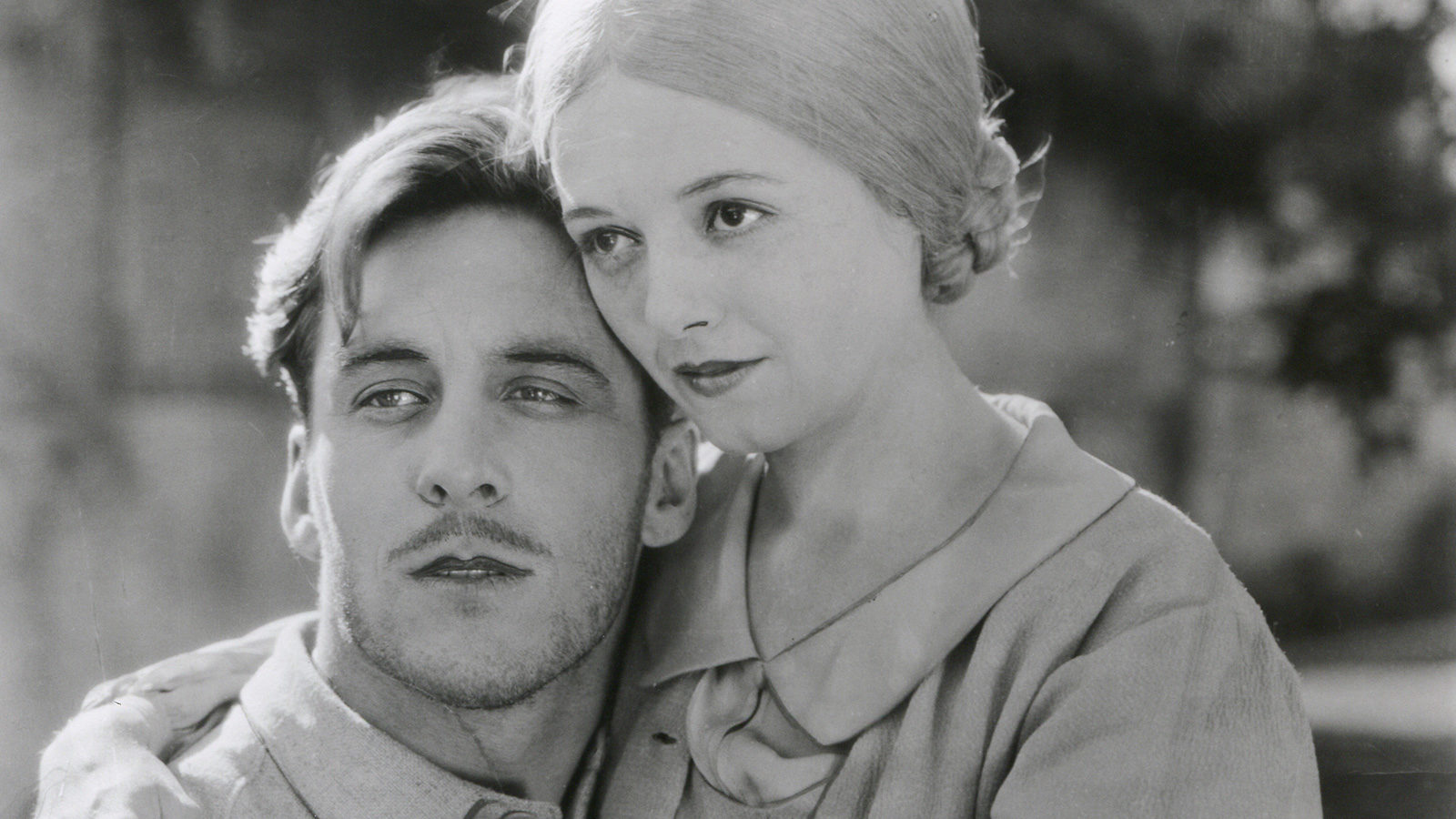 Murnau obviously had great affection for the two leads, George O’Brian and Janet Gaynor, making fun of their country-ness but never judging them. They are not sophisticated, they are in an environment which is quite alien to them, yet it doesn’t matter. Even when the band leader chooses a peasant dance for them towards the end of their date, they care little about his condescension. They just want to have fun, that’s all that matters.
Murnau obviously had great affection for the two leads, George O’Brian and Janet Gaynor, making fun of their country-ness but never judging them. They are not sophisticated, they are in an environment which is quite alien to them, yet it doesn’t matter. Even when the band leader chooses a peasant dance for them towards the end of their date, they care little about his condescension. They just want to have fun, that’s all that matters.
The subtitle – A Song of Two Humans – sums up the film perfectly, capturing its lyrical, ephemeral quality. It’s a film about the rekindling of love, of a relationship which is seemingly on its way to the very pit of misery but is redeemed in the purest of ways. They fall in love with each other all over again. They are reminded of the love that they once shared but which had been pushed aside by the banality of life and responsibility.
I first became aware of Sunrise many years ago when I saw one image of it in a book. I’m not sure why but that one still, taken towards the end of the film when the husband is on a boat looking for his wife who, it seems, has been lost at sea, made an impression on me. The night is punctuated by the lights from the many lamps that the searchers are carrying. It’s an image that stayed with me for many years and I became obsessed with finding and watching this film.
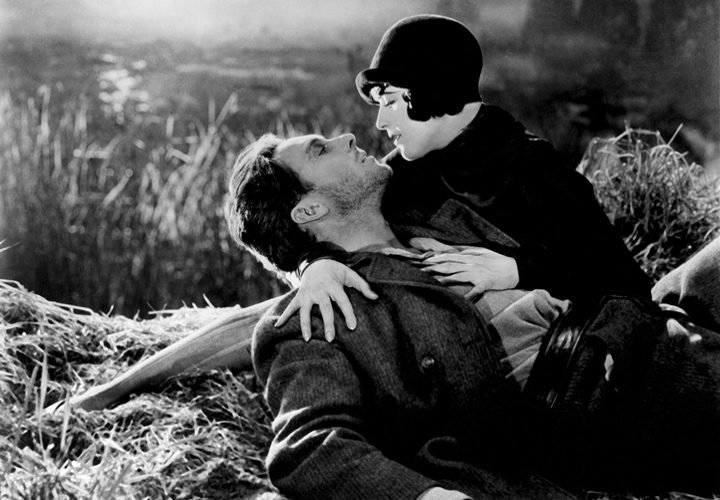
I am an unashamed lover of the silent movie. It’s often overlooked, especially by many of the film critics and podcasters of today who seem to neglect all but a few fashionable movies made before the 1970s. It was a wonderful period of time in which a great many classic movies were released. Films such as The Phantom Of The Opera, City Lights, Napoleon, Sparrows, Wings, The Iron Horse, all of which stand up against the standards of any other period and Sunrise: A Song Of Two Humans is, in my opinion, the very best example of this essential and influential period of history. It is quite simply a masterpiece. Warm, romantic, tense, comedic, terrific. Seek it out and broaden your horizons, I’ll wager you won’t be disappointed.
Film ‘89 Verdict – 10/10

